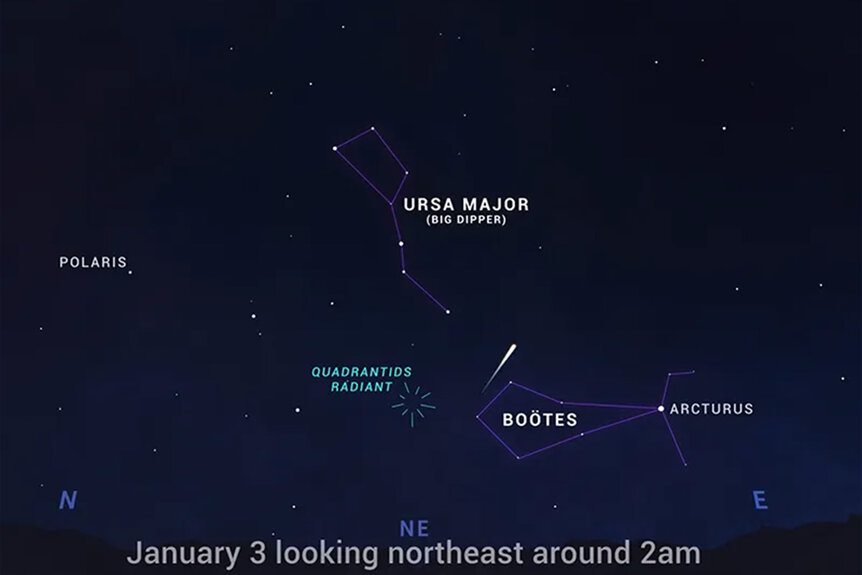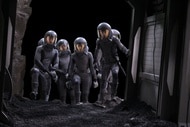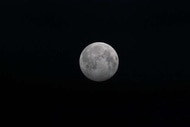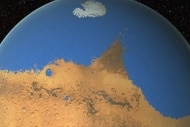Create a free profile to get unlimited access to exclusive videos, sweepstakes, and more!
Catch the Quadrantid Meteor Shower, Happening Overhead Right Now
The Quadrantid meteor shower each January is one of the most intense showers of the year.
According to The Ark (streaming now on Peacock), humanity will take itself to the stars about a century from now, fleeing a failing planet. While the circumstances of The Ark aren’t ideal, the great adventure of space exploration calls to us, seemingly just out of reach. But if you’re patient and you know when and where to look, the stars will come to you.
It’s happening right now, in the sky over your head as the Earth passes through a debris trail left over from the space rock 2003 EH1. Those tiny leftover space pebbles are cutting through our atmosphere and setting off the Quadrantid meteor shower, one of the most spectacular night sky light shows of the year.
Everything You Need to Know About the 2024 Quadrantid Meteor Shower
Most meteor showers come from comets which famously drag a tail of debris behind them, but astronomers believe that 2003 EH1 is an asteroid or a dead comet and that’s not the only difference. Most meteor showers have a two-day peak as the planet passes through the densest part of the debris trail, but the Quadrantids are considerably briefer.
RELATED: Record-Breaking Runaway Stars are Fleeing the Galaxy at Mach 6,000
While the shower can span from November to mid-January, the densest part of the debris is much slimmer than typical, creating a peak which lasts only about six hours. That peak is predicted to occur tonight (January 3 - 4) at about 1:00 a.m. UTC on January 4 (roughly 8:00 p.m. ET on January 3). If you’ve got clear, dark skies during the peak, you could enjoy as many as 200 streaks per hour, according to NASA. Fireballs are also common, as larger bits of rock burn and break up, leaving intense and colorful explosions of light which persist in the sky longer than an ordinary meteor.
For the best shot at seeing as many meteors as possible, you’ll want to get away from the light pollution of the city. It’s winter in the Northern Hemisphere, where viewing conditions are most ideal – it is possible to view the Quadrantids in the Southern Hemisphere, but the peak this year happens after sunrise – so you’ll want to pack warm clothes and blankets to keep warm.
RELATED: New Observations Reveal the Bizarre Origin of the Asteroid Phaethon and the Geminids Meteor Shower
If you want the best viewing angle (and why wouldn’t you?), NASA recommends lying on your back with your feet pointed northeast, but that isn’t wholly necessary. While the shower appears to radiate from the constellation Bootes (previously known as Quadrans Muralis, hence the shower’s name), you’ll be able to see them cutting across the entire night sky. Wait about 30 minutes for your eyes to adjust to the dark for the best results.
Unfortunately, we do have a relatively bright Moon during the peak. On the evening of January 3 - 4, the Moon will be in its third quarter and about 54% illuminated as we move toward the New Moon on January 11. If you don’t get a chance to catch the show tonight, you might be able to see a smaller number of Quadrantid meteors over the next week or so.
When the meteor shower is finished and you’re still hearing the siren call of space, tune in to The Ark, streaming now on Peacock.



































